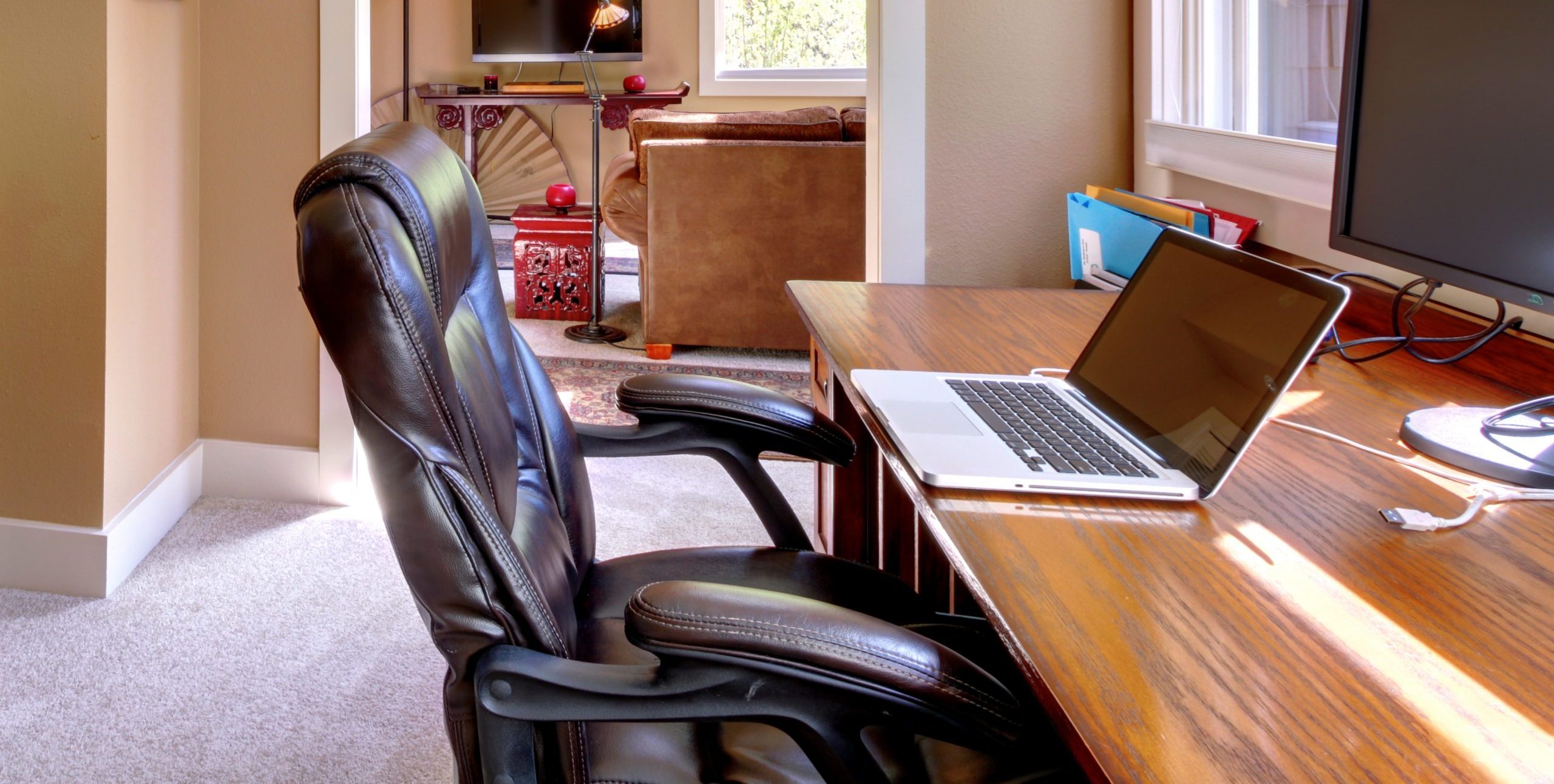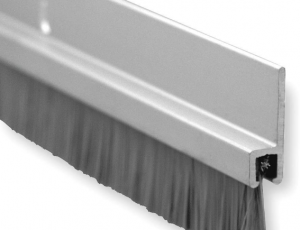
Enhancing Virtual Communication from Home
COVID-19 has significantly impacted the way people work today and will probably continue to affect workflow and the work environment in the future. Many corporate employers have transitioned to remote work; virtual teleconferences have largely replaced in-person meetings.
While the audio-visual technology available today aids remote communication and accommodates those not wanting to leave the house, the quality of virtual communication is inarguably not the same as that of in-person interaction. Some ways to enhance quality are obvious, ranging from increasing internet speed and improving the quality of audiovisual equipment to stopping toddlers from walking in during a meeting. One less obvious factor—and one of which many are unaware—is the acoustic quality of the remote “workplace.”
The realism and seamlessness of virtual communication is significantly governed by visual and aural qualities; the acoustics of a space obviously affect the aural portion. While good practices using audio equipment (bringing the microphone close to the person speaking; using earphones/headphones instead of loudspeakers; etc.) are helpful in enhancing the aural quality of teleconferencing at both ends, a reverberant or poorly isolated room can still result in decreased speech intelligibility or unwanted intrusive noise.
If a room is excessively reverberant—which is often the case in large spaces with reflective surfaces—adding absorptive material such as thick curtains or area rugs can improve the space for teleconferencing purposes. Even an improvised sound absorber made of blankets or clothes hung on racks and positioned relatively close to the person speaking can help.

A brush door seal can help block unwanted sound. Shown here is one that attaches with hardware to the face of the door; the bottom of the brush should just contact the floor. Another less aesthetically obtrusive option is a brush seal designed to be mortised into the bottom of the door.
For sound isolation from adjacent rooms, treating the door frame with peel-and-stick gaskets at the head and jambs and adding thick brush seals can help significantly reduce intrusive sound levels (see accompanying photo). Many residential spaces have large door undercuts (the space between the floor and the door’s bottom edge); minimizing undercuts by attaching additional material to the door bottom can also be helpful—it could be as simple as a piece of wood cut to the same width and thickness of your door and attached with double-sided tape. You just want to get the gap to a minimum.
For many, acoustics may not be an issue and treatments such as these are unnecessary. However, those with poor acoustic environments may be the last to realize that they have a problem! Awareness is always the first step toward problem solving. Simply asking others to provide feedback on the sound quality of each participant in a teleconference can provide this awareness.
-Daniel Choi, Senior Consultant